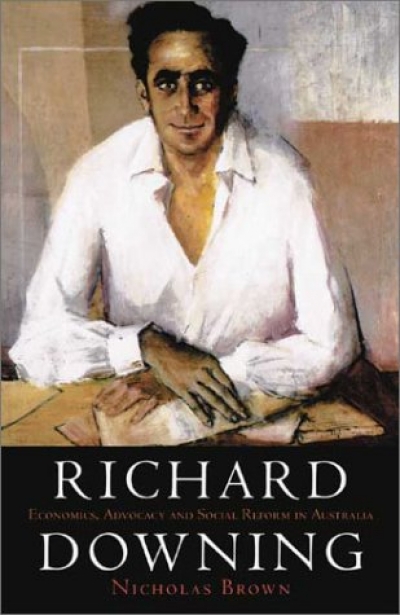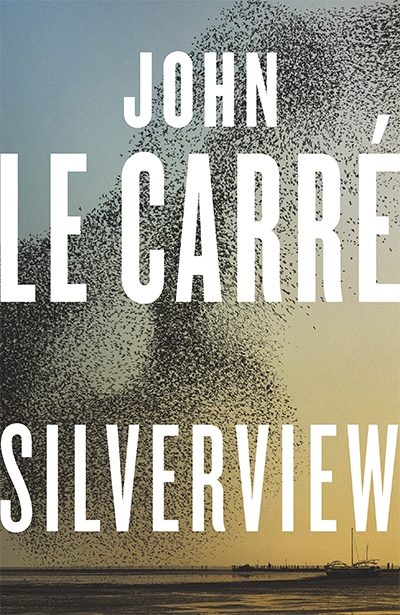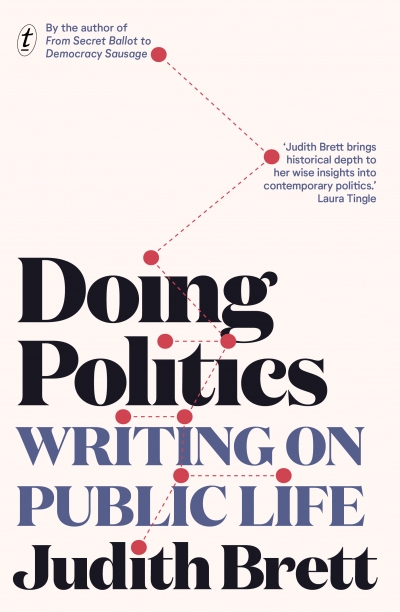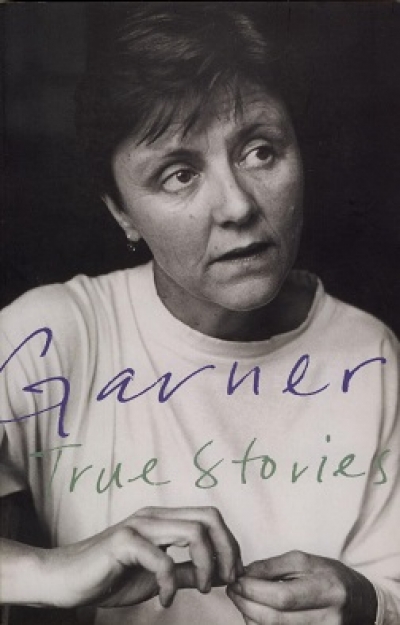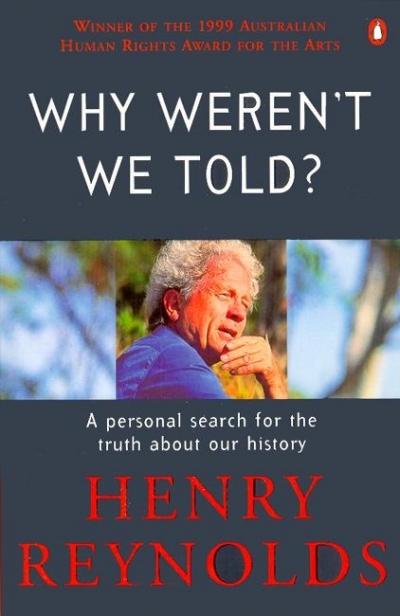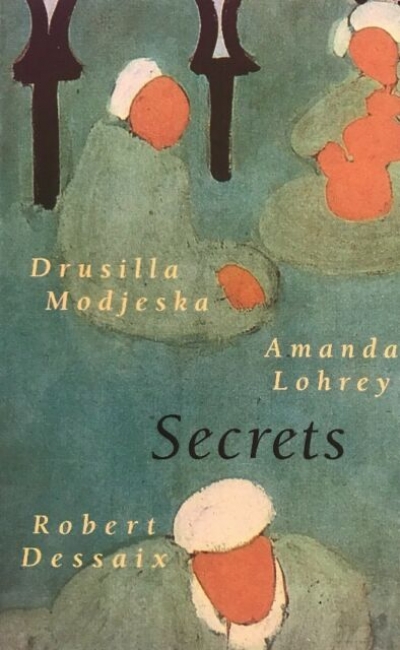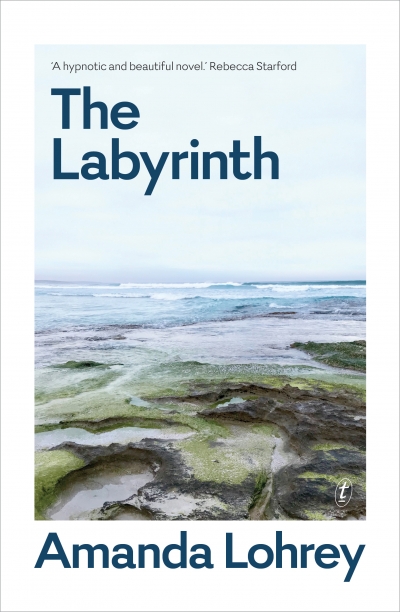Morag Fraser

Morag Fraser was Chairperson of ABR and was for many years Editor of Eureka Street. She is currently writing a biography of the poet Peter Porter.
There are some circumstances that shift a musical performance into another dimension of significance. Mstislav Rostropovich playing Bach’s cello suites in Berlin on 11 November 1989, two days after the fall of the Wall, is perhaps the twentieth century’s most vivid example.
On Good Friday in Melbourne, as poignantly perfect an autumn afternoon as one could conjure, the Recital Centre celebrat ... (read more)
Writing in The New York Times on 15 December 2020, three days after John le Carré’s death, Philippe Sands, genocide scholar and professor of law at University College London, recounted a 1962 encounter in Vienna between his friend (Sands knew Le Carré by his birth name, David Cornwell) and the famous Nazi hunter Simon Wiesenthal. Cornwell had asked Wiesenthal how he could continue to live in t ... (read more)
Judith Brett, historian and La Trobe University emeritus professor of politics, is characteristically direct – in her questioning, her analysis, and her engagement with readers. If there is something declarative about ‘Going Public’, the title of Doing Politics’s introductory chapter, that is exactly what Brett intends: to go public, to offer a general reader her considered reflections on ... (read more)
In 1994, the Afghan mujahideen commander, Abdul Haq, rebuked the United States for forgetting about Afghanistan once the communist-backed government of Mohammad Najibullah had fallen in 1992. He predicted that Washington would rue its neglect: ‘Maybe one day they will have to send in hundreds of thousands of troops,’ he told The New York Times. ‘And if they step in, they will be stuck. We ha ... (read more)
‘Curiosity is a muscle,’ Helen Garner declares in the first essay of this selection, displaying again the metaphorical spark that marks her out and keeps her readers plundering her pages. She is writing about writing, and her revelations couple a disarming intimacy – Garner the wry, lifelong apprentice, confiding trade secrets – with shrewd and reflexive moral admonition. Here, in a brief ... (read more)
In November 1998, the Governor General, Sir William Deane, found himself in the centre of a storm over the commemoration of Australia’s Aboriginal dead. Launching historian Ken Inglis’s Sacred Places: War Memorials in the Australian Landscape, Sir William remarked that in a country of more than 4,000 memorials there were none, at least of an official kind, to the Aborigines who had been slaugh ... (read more)
What is to be done? The question is asked whenever humankind confronts a new crisis. And the answers, whether from biblical sources, Tolstoy, or Lenin (or indeed Barry Jones in his imminent book, What Is To Be Done?), must confront universal moral quandaries at the same time as they address local needs, hopes, and aspirations.
Hence these two volumes of essays, compiled after Australia’s bushfi ... (read more)
Can you keep a secretI don’t suppose you canyou mustn’t laugh, you mustn’t crybut do the best you can.
That old rhyme sits unpondered in the memory of every woman or man who grew up to speak English or chant it in the many incantatory rituals of childhood. It is locked in there, partnered with the rhythmic thud of a skipping rope and spirals drawn on your palm to test endurance, in the ... (read more)
In a 1954 letter to his niece Pippa, artist-nomad Ian Fairweather lamented that he could not write with sufficient analytic detachment to look back at his life and ‘see a pattern in it’. (Ian Fairweather: A life in letters, Text Publishing, 2019). The irony – that one of Australian art’s most profound, intuitive pattern-makers should be ruefully unable to ‘see’ the formative structures ... (read more)

